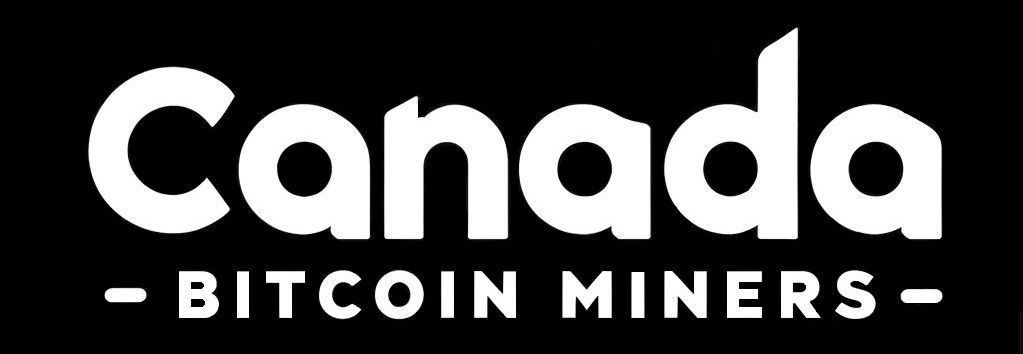A Beginner’s Guide to Starting Bitcoin Mining
Introduction to Bitcoin Mining
Bitcoin, often referred to as digital gold, is a decentralized digital currency that operates on a peer-to-peer network. Mining is the process through which new Bitcoins are created and added to the circulating supply, as well as the method by which transactions are verified and added to the blockchain
Understanding the Blockchain Technology:
The blockchain is the underlying technology behind Bitcoin and other cryptocurrencies. It’s a distributed and immutable ledger that records all transactions ever made. Miners play a crucial role in maintaining the integrity of the blockchain by validating transactions and securing the network.
The Role of Miners in the Bitcoin Network:
Miners use their computational power to solve complex mathematical puzzles. Once a puzzle is solved, the miner adds a new block of transactions to the blockchain and is rewarded with newly minted Bitcoins and transaction fees.
Gathering Essential Hardware and Software:
To start mining, you’ll need specialized hardware known as ASIC (Application-Specific Integrated Circuit) miners, mining software, a stable internet connection, and a wallet to store your earnings securely.
Choosing Between Different Mining Methods:
There are two primary mining methods: solo mining and pool mining. Solo mining is more resource-intensive and less likely to yield consistent rewards, while pool mining involves joining a group of miners to combine computational power and share rewards.
Setting Up Your Mining Rig:
Assemble and set up your ASIC mining rig in a well-ventilated area with proper cooling to prevent overheating. Ensure your rig has a reliable power supply and is compatible with the mining software you’ll be using.
Configuring Mining Software:
Choose mining software compatible with your hardware and configure it by entering pool information and wallet address. The software will connect your rig to the mining pool and start the mining process.
Joining a Mining Pool:
Joining a mining pool increases your chances of earning consistent rewards. Research and select a reputable mining pool with a fair reward distribution mechanism.
Calculating Potential Profits:
Use online calculators to estimate your potential profits based on factors like your mining rig’s hash rate, electricity costs, and current Bitcoin prices. Keep in mind that the cryptocurrency market is volatile, and profits can fluctuate.
Managing Energy Consumption:
Bitcoin mining can be energy-intensive. Implement energy-saving measures to optimize your mining operation and reduce costs.
Ensuring Security and Safety:
Protect your investment by implementing robust security measures. Use strong passwords, enable two-factor authentication, and keep your mining software and hardware up to date.
Monitoring and Optimizing Your Mining Operation:
Regularly monitor your mining operation’s performance and make necessary adjustments to maximize efficiency. Stay updated with the latest developments in mining technology.
Exploring Future Trends in Bitcoin Mining:
Stay informed about emerging trends in Bitcoin mining, such as advancements in ASIC technology, changes in mining algorithms, and shifts in the regulatory landscape.
Essential Guide to Setting Up a Home Bitcoin Mining Operation
Ensure a Stable and Fast Internet Connection:
- A reliable and fast internet connection is crucial. Mining requires constant communication with the Bitcoin network to receive new transactions and blocks.
- An internet speed of at least 15 Mbps is recommended, but more is better to handle any peaks in data transfer.
Set Up Proper Ventilation and Cooling Systems:
- Mining generates a significant amount of heat. Proper ventilation and cooling are essential to keep your mining hardware operating efficiently and to prevent overheating.
- Set up exhaust fans to remove hot air from the mining area and bring in fresh, cool air. Consider the overall airflow in the room to ensure hot air is efficiently expelled and replaced with cooler air.
Maintain Optimal Operating Temperature:
- The ideal operating temperature for most ASIC miners is between 10°C and 30°C (50°F to 86°F). Temperatures outside this range can reduce the efficiency and lifespan of your mining hardware.
- Use temperature monitoring tools to keep an eye on your equipment’s heat levels and adjust your cooling/ventilation system as needed.
Secure a Reliable Power Supply:
- Bitcoin mining consumes a lot of power. Ensure your home’s electrical system can handle the load without risking outages or damage.
- Consider the energy consumption of your ASIC miner and check if your power supply meets the requirements. It's often necessary to have a dedicated circuit for mining to prevent overloading your home’s electrical system.
Implement Energy-Efficient Solutions:
- Given the high energy demand, look for ways to optimize energy use. LED lighting, energy-efficient cooling systems, and smart thermostats can help reduce overall energy consumption.
- Some miners use renewable energy sources, like solar panels, to offset electricity costs and reduce their environmental impact.
Create a Dust-Free Environment:
- Dust can severely affect the performance of your mining hardware by clogging fans and overheating components. Maintain a clean, dust-free environment as much as possible.
- Regularly clean your mining area and hardware with compressed air or a soft brush to remove dust.



